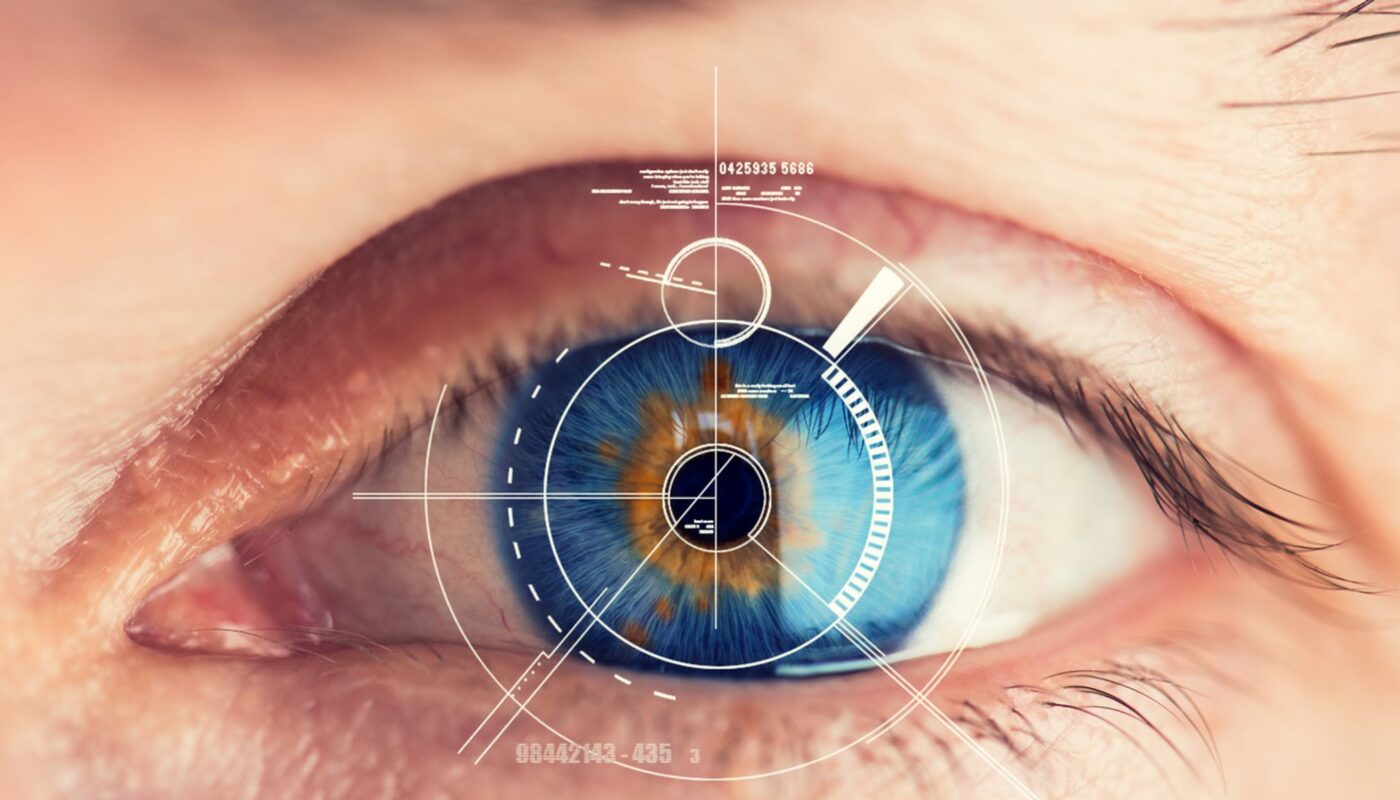Iris recognition is a biometric authentication technique that uses pattern-recognition techniques based on high-resolution photos of the irises of an individual’s eyes, whose complex random patterns are unique and can be seen from some distance. With iris recognition gaining widespread use for security purposes, let us examine more closely how this technology works and its applications.
What is Iris Recognition?
The iris, which is the colored ring that surrounds the pupil of the eye, has a stable physical structure throughout a person’s life. Its complex patterns of stripes, furrows and freckles are unique even among identical twins, with more than 200 distinct characteristics. Iris recognition utilizes computerized pattern-recognition techniques based on video images of the iris to mathematically analyze the unique random patterns in the iris—such as rings, furrows and freckles—and record them as biometric templates or digital signatures that are stored for future matching against an individual whose identity needs to be confirmed.
How does Iris Recognition Work?
In an Iris Recognition System, a high-resolution image of a person’s eyes is captured using a camera, often located some distance away. The camera focuses on eye region and captures a close-up image of the iris pattern. Iris detection software then locates the iris in the image and normalizes the size and position. The collected iris patterns are then encoded into biometric templates using methods like phase encoding or comparing Gabor wavelet transforms. This stored template acts as a distilled digital signature of the iris which is later matched against newly captured iris images during authentication. Sophisticated matching algorithms compare characteristics such as the architecture of the iris rings and furrows to authenticate an individual’s identity.
Applications of Iris Recognition
Some key applications of iris recognition include:
Access Control: Many organizations use iris scanning for physical and logical access control to highly secure areas and restricted databases. Airports, nuclear power plants, data centers are using iris biometrics for entry and exit of personnel.
Border Control: Several countries use iris scanning at borders and immigration checkpoints to identify travelers and match against watchlists for criminals and those with travel restrictions.
Banking Security: Banks use iris scanning to authorize high-value transactions and ATM withdrawals by matching the iris pattern of account holders. This adds an extra layer of security compared to passwords or cards alone.
Mobile Authentication: Smartphones and tablets are now integrating iris recognition for user authentication. By matching a user’s iris pattern, devices can be securely unlocked and payments authorized without passwords.
Law Enforcement: Police departments use iris recognition to identify suspects by matching iris patterns against databases of convicted felons, missing persons and unidentified corpses to solve crimes.
Benefits and Drawbacks of Iris Recognition
The key benefits of using iris recognition include its highly accurate identification compared to other biometrics like fingerprints. The iris pattern remains stable throughout a person’s lifetime making it a reliable biometric identifier for long term use. It also allows contactless identification from a distance which enhances security. However, iris recognition systems require specialized equipment for iris imaging and have a higher potential for false rejections compared to fingerprint or facial recognition. Environmental factors like lighting, reflections and pupil dilation can impact matching accuracy to some degree. Overall though, iris recognition is considered one of the most reliable and secure biometric identification techniques available today.
As iris recognition systems evolve to offer even higher levels of accuracy and convenience, their use for identity verification and access control is poised to grow substantially across various sectors. When combined with other biometrics or multi-factor authentication methods, iris scanning provides a very strong layer of security protection against identity theft and fraudulent access. With ongoing advances to address limitations, iris biometrics is emerging as a preferred and widely acceptable means of identity assurance for applications requiring high security like border control, law enforcement, banking and critical infrastructure access.




